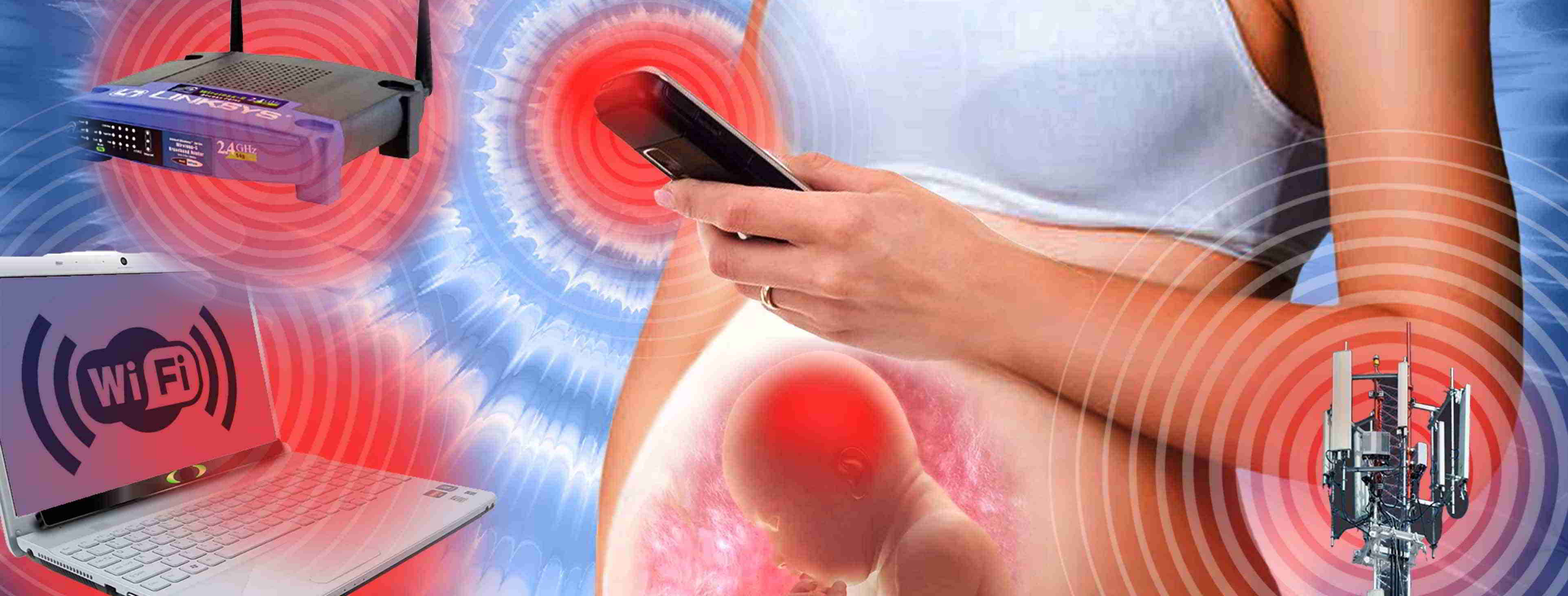National Toxicology Program Publishes Findings from Large Scale Animal Study
“Evaluation of the genotoxicity of cell phone radiofrequency radiation in male and female rats and mice following subchronic exposure” was just published in Environmental and Molecular Mutagenesis by National Toxicology Program scientists of the National Institutes of Environmental Health Sciences.
“Results of the comet assay showed significant increases in DNA damage in the frontal cortex of male mice (both modulations), leukocytes of female mice (CDMA only), and hippocampus of male rats (CDMA only).”
“In conclusion, these results suggest that exposure to RFR is associated with an increase in DNA damage.”
“We can no longer ignore the ever mounting scientific evidence showing adverse effects from cell phone wireless radiation. It is time for a Congressional hearing,” stated Devra Davis, President of Environmental Health Trust.
Abstract
The National Toxicology Program tested two common radiofrequency radiation (RFR) modulations emitted by cellular telephones in a 2‐year rodent cancer bioassay that included interim assessments of additional animals for genotoxicity endpoints. Male and female Hsd:Sprague Dawley SD rats and B6C3F1/N mice were exposed from gestation day 5 or postnatal day 35, respectively, to code division multiple access (CDMA) or global system for mobile (GSM) modulations over 18 h/day, at 10 min intervals, in reverberation chambers at specific absorption rates (SAR) of 1.5, 3, or 6 W/kg (rats, 900 MHz) or 2.5, 5, or 10 W/kg (mice, 1900 MHz). After 19 (rats) or 14 (mice) weeks of exposure, animals were examined for evidence of RFR‐associated genotoxicity using two different measures. Using the alkaline (pH > 13) comet assay, DNA damage was assessed in cells from three brain regions, liver cells, and peripheral blood leukocytes; using the micronucleus assay, chromosomal damage was assessed in immature and mature peripheral blood erythrocytes.
Results of the comet assay showed significant increases in DNA damage in the frontal cortex of male mice (both modulations), leukocytes of female mice (CDMA only), and hippocampus of male rats (CDMA only). Increases in DNA damage judged to be equivocal were observed in several other tissues of rats and mice. No significant increases in micronucleated red blood cells were observed in rats or mice. In conclusion, these results suggest that exposure to RFR is associated with an increase in DNA damage.
